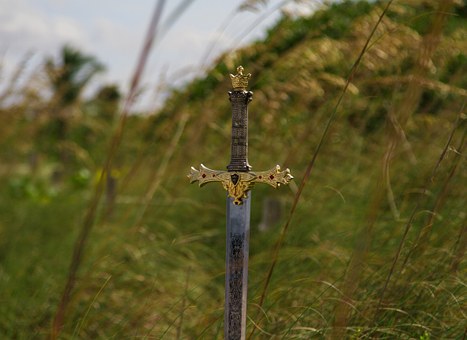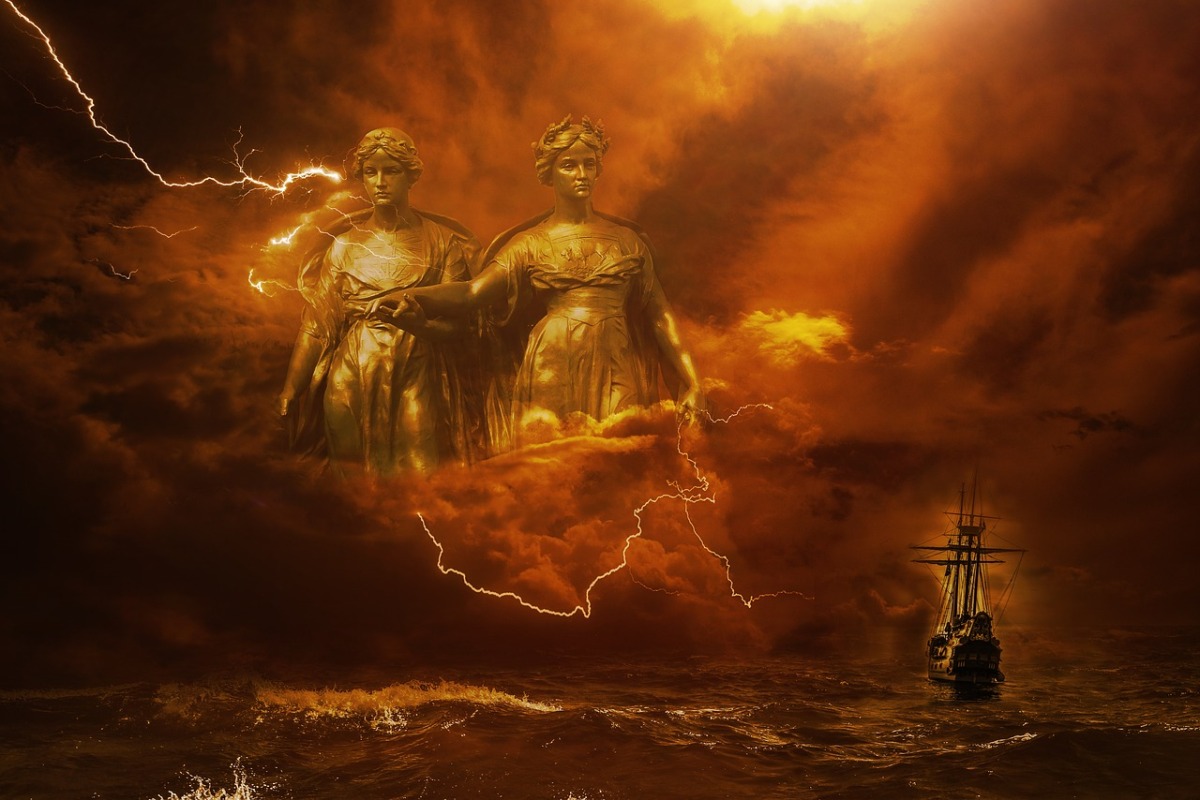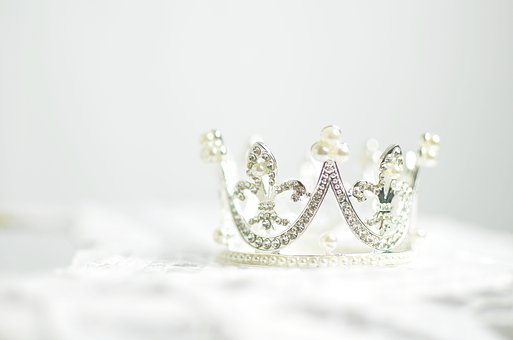Santería is an Afro-Caribbean religion that comes to us from Cuba and to this day it is practiced worldwide. Its original form, called Ifa, is an ancient Yoruba religion that comes from West-Africa and is declared by UNESCO as one of the Masterpieces of the Oral and Intangible Heritage of Humanity. Santeria itself developed in Cuba with the arrival of the African slaves. When they came they brought their deities, called Orisha¹, with them. The slave masters and the Christian missionaries made them convert to the Christian religion or else. They did so, but they didn’t leave their practices behind. In a clever and successful move, the slaves started making associations between their Orisha and the catholic saints, thus giving their practice the name of Santería. Thus St. Barbara, with her imagery of a sword, red and white tunic and association with thunder, became the disguise for the mighty Shango, male Orisha of thunder and fire, which colors are also red and white. And Our Lady of Charity, in turn, with her crown and beautiful clothes and the fishermen at her feet, became the disguise of Oshun, the female Orisha of rivers and love, who has a taste for good garments and is a beautiful Queen.
Continue reading “Santeria by Chris Lee”





